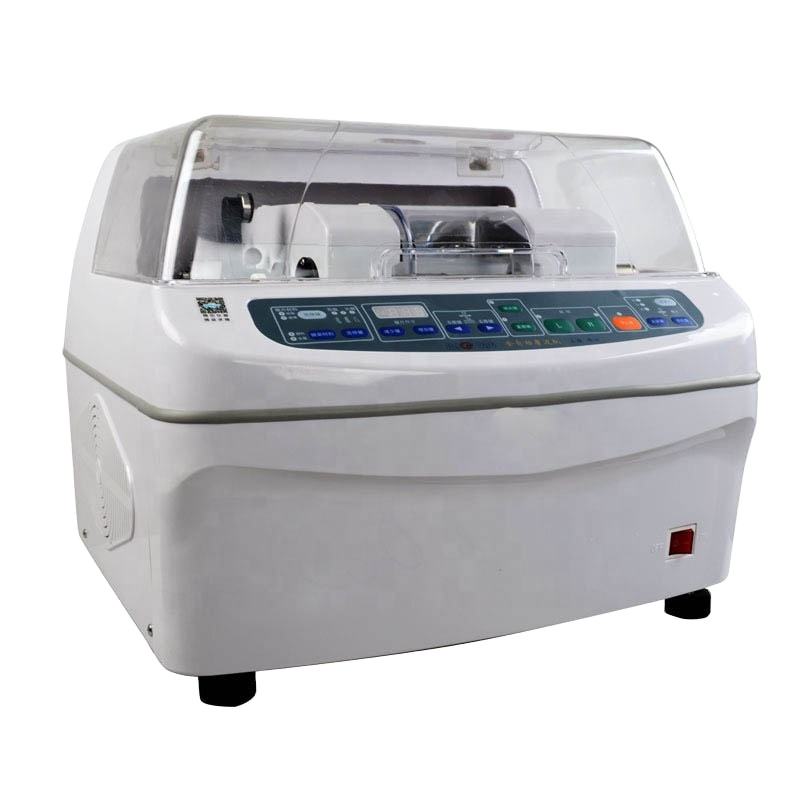Standards for optometry
A method to determine the nature, power and axis of visual refractive errors. There are two types of subjective
optometry and objective optometry: ①Subjective optometry, also known as apparent optometry. The nature and
degree of refractive errors are determined mainly by the subject's own subjective feelings. The lens is placed in front of
the patient's eyes when the eyes are adjusted, and the appropriate lens is determined according to the improvement
of vision. Try the ball lens first. If only the spherical lens is not satisfactory for vision correction, add a cylindrical lens,
and rotate the cylindrical lens to determine the axis and degree, until the vision correction is satisfied. ②Objective
optometry, also known as retinoscopy optometry. Before the examination, use cycloplegia to dilate the pupils. In a
dark room, the examiner sits opposite the patient at a distance of 1 meter. The patient is instructed to look straight
ahead. The examiner shakes the retinoscope back and forth to observe the shape, brightness, and shadow of the
central pupil. The movement speed and its relationship with the swing direction of the retinoscope, when the shadow
movement is consistent with the mirror movement direction, it is a smooth movement, and it is corrected by a convex
spherical lens. On the contrary, if it is reverse movement, correct it with concave lenses until the light and shadow do
not move. If the retinoscopy is forward motion, it may be hyperopia, orthoopia, or myopia less than -1.0D, if it is
reverse motion, it is myopia greater than -1.0D, and if it is immobile, it is nearsightedness -1.0D. Those with large and
round light and shadow are seen in pure hyperopia or nearsightedness, and astigmatism if there is a band of light.
Convex spherical lens or convex cylindrical lens is used to correct the astigmatism belt, and the astigmatism belt is
corrected by concave spherical or concave cylindrical lens. The axial direction of the cylindrical lens is consistent with
the direction of the astigmatism belt, which is the axial direction of the astigmatism. , The retinoscopy converted
diopter at 1 meter is -1.0D, and the algebraic sum of it and the retinoscopy obtained diopter is the actual diopter of the
affected eye.


